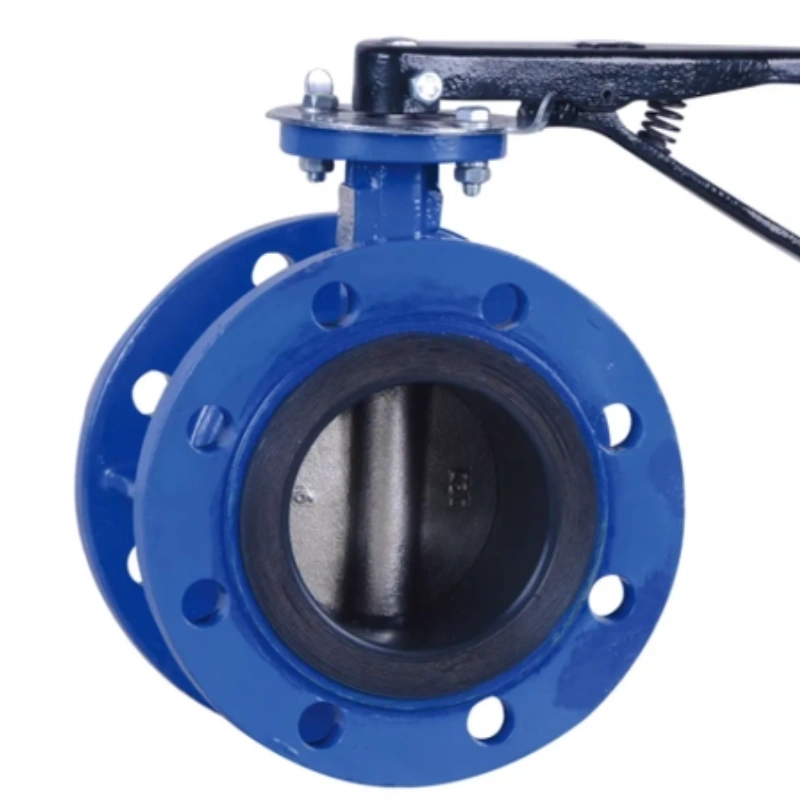Dec . 11, 2024 09:11 Back to list
Effective Vibration Control Solutions for Industrial Machinery Using Anti-Vibration Pads
The Importance of Industrial Machine Anti-Vibration Pads
In modern manufacturing and industrial environments, the significance of reducing vibrations cannot be overstated. The operations of heavy machinery and equipment often generate significant vibrations, which can lead to various challenges including structural damage, equipment malfunction, and workforce discomfort. Anti-vibration pads have emerged as a critical solution in mitigating these issues, enhancing both productivity and safety in industrial settings.
Understanding Vibrations in Industrial Settings
Vibrations are mechanical oscillations that can be caused by various factors, including unbalanced machinery, misalignment, and external forces. In an industrial context, these vibrations can propagate through the ground, affecting not just the machinery in operation but also adjacent equipment and structures. Over time, if left unchecked, these vibrations can lead to excessive wear and tear, resulting in costly repairs and downtime.
The Role of Anti-Vibration Pads
Anti-vibration pads are specialized materials designed to absorb and dissipate vibrational energy, preventing it from spreading throughout an industrial environment. These pads are typically made from a variety of materials including rubber, neoprene, and polyurethane, each offering different levels of absorption and resistance properties, depending on the application.
One of the primary benefits of using anti-vibration pads is the reduction of noise pollution. Industrial machinery often operates at loud volumes, and the vibrations produced can exacerbate this issue. By installing anti-vibration pads, companies can significantly reduce noise levels, creating a healthier work environment for employees and meeting regulatory noise control standards.
Enhancing Equipment Longevity and Performance
Another critical advantage of anti-vibration pads is their ability to enhance the longevity and performance of machinery. Machinery that operates with excessive vibrations is prone to misalignment and malfunctions, leading to increased maintenance costs. By utilizing anti-vibration pads, industries can minimize these risks, providing a more stable operating platform for equipment.
industrial machine anti vibration pads

In addition to reducing wear and tear on machinery, these pads can also help maintain precise alignment characteristics. Many industrial processes require equipment to maintain strict tolerances; any shift due to vibrations can lead to product defects or inconsistent quality. Anti-vibration pads help stabilize machines, ensuring they remain within operational specifications.
Workplace Safety and Employee Well-being
The direct impact of vibrations on employee well-being cannot be ignored. Prolonged exposure to vibration can lead to conditions such as Hand-Arm Vibration Syndrome (HAVS) and Whole Body Vibration Syndrome (WBVS), both of which can have serious long-term effects on health. Implementing anti-vibration solutions not only protects machinery but also plays a vital role in safeguarding the health and safety of workers. A reduction in vibration levels can translate into fewer workplace injuries, better morale, and ultimately, a more productive workforce.
Types of Anti-Vibration Pads
There are various types of anti-vibration pads available on the market, each designed for specific environments and equipment. For instance, rubber pads are commonly used due to their good vibration absorption properties and cost-effectiveness. Neoprene pads offer chemical resistance, making them suitable for environments exposed to various oils and solvents. Polyurethane pads, on the other hand, provide exceptional durability and are ideal for heavy loads and extreme conditions.
Selecting the right type of anti-vibration pad depends on factors such as the weight of the machinery, the frequency of the vibrations, and the environmental conditions of the workplace. It’s crucial for industries to work with specialists to identify the most appropriate anti-vibration solutions tailored to their specific needs.
Conclusion
In conclusion, the integration of industrial machine anti-vibration pads is pivotal for any manufacturing or industrial facility aiming to enhance performance and safety. By effectively reducing vibrations, these pads not only help in preserving machinery and equipment but also contribute significantly to workplace safety and employee health. As industries continue to innovate and evolve, the adoption of anti-vibration technologies will remain a critical focus in enhancing operational efficiency and worker well-being. Investing in quality anti-vibration pads is not just a smart financial decision; it’s a commitment to creating a safer, more productive work environment.
-
Y Type Strainer Maintains System Efficiency Long TermNewsJul.15,2025
-
Valve Selection Guide for Industrial ApplicationsNewsJul.15,2025
-
Steel Fab Table Provides Durable Work Surface for WeldingNewsJul.15,2025
-
Pad Iron Provides Stable Support for Heavy MachineryNewsJul.15,2025
-
One Inch Check Valve Fits Standard Plumbing SystemsNewsJul.15,2025
-
Measuring Micrometer Ensures Precise Dimensional AccuracyNewsJul.15,2025
Related PRODUCTS









